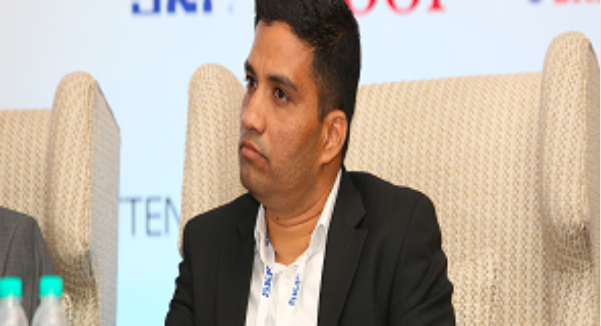AN INSIGHT INTO HCV AND TIPPER MARKET: FROM THE EYES OF RAHUL SONAWANE, HEAD SALES AND SERVICE, KAMAZ INDIA

AN INSIGHT INTO HCV AND TIPPER MARKET
Hear from Industry Leader, Mr. Rahul Sonawane, Head Sales and Service, Kamaz Motors Ltd share his insights on HCV & tipper market.
1. What are the key industries that drive majority of revenue for HCV?
Mr. Rahul Sonawane: The key industry that drives the majority of revenue for OEMs particularly focusing on HCV are companies engaged in infrastructure activities and mining companies.
2. When we talk about construction companies, do they have their own trucks or they engage with 3rd party.
Mr. Rahul Sonawane: Usually large companies outsource the contracts they have won to third parties companies by breaking the larger contract into multiple contracts of smaller value. Thus, larger companies do not essentially buy their own trucks however, medium to small size companies buy their own vehicles.
3. Tippers and HCV are usually bought for mining and infrastructure projects, power, steel – heavy industries. How does the purchase decision work in those verticals?
Mr. Rahul Sonawane: Within the OEM segment there are 3 – 4 players in the market that focus on tipper and HCV segment. Similarly on the end user side also universe is limited unlike the usually trucking segment. Thus OEMs get involved with the end user industries directly through the local dealerships. Local dealers are more closer to ground and are well connected to know which projects are currently being constructed or projects related to heavy industries are being awarded. The purchase decision is taken keeping in mind actual application of the vehicle however factors which are always considered are service network, performance and maintenance of the vehicle.
4. Who are the key decision makers who usually decide to buy any specific vehicle.
Mr. Rahul Sonawane: In the medium to small enterprises, the buying decisions are generally taken by the owner. However there are always influencers to the key decision such people working around them like project manager or in case they have asset utilisation teams.
5. Does all the sales happen at dealer level or are their some key accounts defined where company engages on its own?
Mr. Rahul Sonawane: Normally key accounts are handle by the company along with the dealer but for small sales dealers are directly involved. For us any number which is more then 10 – 15 is handle by us but dealers are involved from the day one and they are the one who create the leads.
6. Is there any marketing support (Pan India level) provided to dealer for increasing sales Advertisements in newspaper, trade magazines or hoardings – are these handled by OEM companies directly
Mr. Rahul Sonawane: Yes, the dealer gets the marketing support from the company, but for Tipper and HCV segment marketing is not required when compared to other segments. It’s a relatively smaller market and easily trackable as you have only 50-60 mining customer who buy big trucks. So they are the key customer and one needs to get in direct contact with these players.
7. Do Dealer also have local influence in the decision making?
Mr. Rahul Sonawane: Yes, dealers have an influence in decision making because they know the area better, so the company employees and dealer take the decision together.
8. How is telematics being adopted in tipper and HCV segment?
Mr. Rahul Sonawane: Yes, Telematics is not just limited to medium or small segments it is being utilised in the tipper and HCV segment as well. Telematics has become essential for the industry today as it gives detailed information on the various aspects of the vehicle as well as driver who is driving the vehicle. In the case of heavy industries life of the vehicle is usually 5 years unlike 10 years for other vehicles plying in relatively better infrastructure. Thus, telematics becomes all the more important from the perspective of effective management of the vehicle.